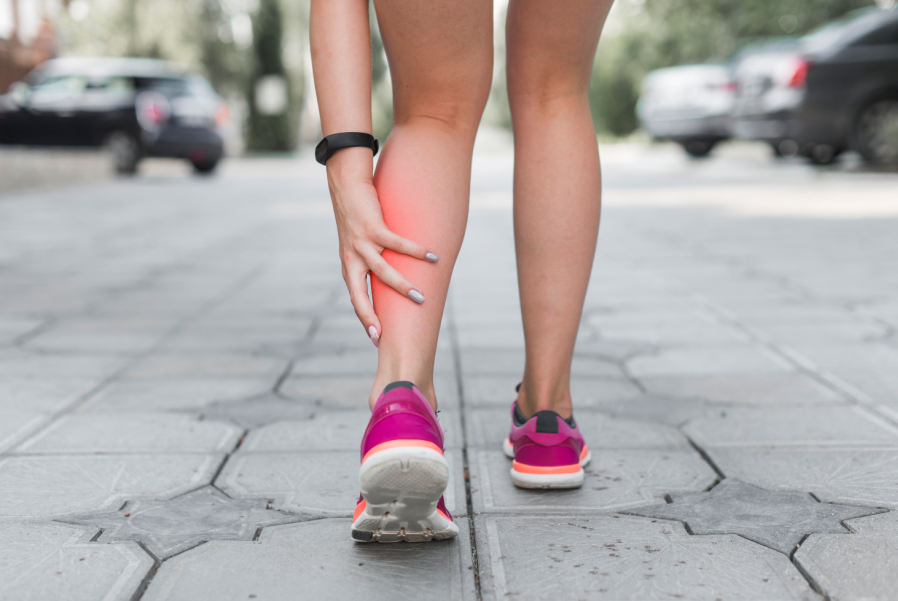
Deep vein thrombosis (DVT) affects nearly 900,000 people in the US each year, resulting in pain, swelling and discoloration. The good news is that DVT is a preventable and treatable medical condition, if caught early. Even those who are in a high-risk group can deter the effects of blood clots.
From exercise and good hydration to maintaining a healthy weight and getting prompt and sufficient treatments, deep vein thrombosis is a medical condition with a good prognosis.
Early Diagnosis Is Crucial
DVT is a blood clot in a deep vein usually developing in the lower leg, pelvis, arm or thigh. It is caused by trauma, abnormal blood flow, or hypercoagulability (or the condition in which blood is likely to form clots).
Symptoms and warning signs of DVT include swelling, redness, leg cramps, discoloration of skin, and leg pain. Your general or family practitioner will make the initial diagnosis of DVT. Doppler ultrasound, venography, and computed tomography (CT) scan are some of the ways doctors confirm the diagnosis. If the condition is severe, surgical intervention by a vascular surgeon may be proposed.
Treatment Options
A doctor will usually prescribe an anti-coagulation or blood-thinning medication to prevent further clots and complications such as pulmonary embolism. Anti-coagulation therapy can be done at home or in the hospital depending on the seriousness of the condition. An alternative is to insert an inferior vena cava filter to trap any clots that may travel to the heart and the lungs. Wearing compression stocking or socks is also useful in preventing post-thrombotic syndrome, which is characterized by painful leg swelling. Compression stockings promote circulation of the blood and prevent clots. Stockings are to be worn for at least a year after the diagnosis of DVT.
Recovery Rates
Symptoms usually improve after a few days of taking the anticoagulant, with most patients recovering completely within weeks or months with no complications or adverse side effects. If the risk for clots is high, treatment will continue in the short or long term. How well your body tolerates the anti-coagulation will also play a role in the length of treatment.
Survival rates vary widely from 95% to 97% for DVT in the short-term, and long-term, between 61% and 75%, according to a study by Heit et al.
On top of medication, there are also other things that you can do to reduce your chances of getting another blood clot. Getting up as soon as it is safe to do so after an injury or surgery is desirable because staying active helps the blood circulate properly. Lifestyle changes also improve your prognosis and reduce the chances of getting another case of DVT.
Preventing Health Problems
Losing extra weight, if you are overweight or obese, and maintaining a healthy weight are important measures in the prevention of DVT. Avoid prolonged periods of sitting, whether at home or in the office. Exercise regularly, and keep yourself hydrated. If you are on a long flight, get up every 15-30 minutes to walk and stretch your legs. When traveling by car, make it a point to take a break for at least 15 minutes for every two hours of driving. Keeping the legs elevated while seated or in bed also helps as does avoiding high-dose estrogen pills.
DVT can lead to serious health problems if not treated and managed properly. Reducing the risks and following treatments closely can, however, prevent the recurrence of deep vein thrombosis. Lifestyle changes also play an important role in preventing blood clots.
Written by Sally Collins
About the Author
Sally Collins is a professional freelance writer with many years of experience across many different areas. She made the move to freelancing from a stressful corporate job and loves the work-life balance it offers her. When not at work, Sally enjoys reading, hiking, spending time with her family and travelling as much as possible.
You may also like
How to Enjoy Your Life Through a Better Sleep
How Does Exercise Help You Lose Weight?
Can Exercise Reverse Sitting at A Desk All Day?
